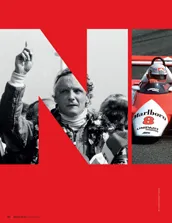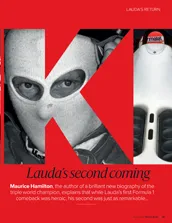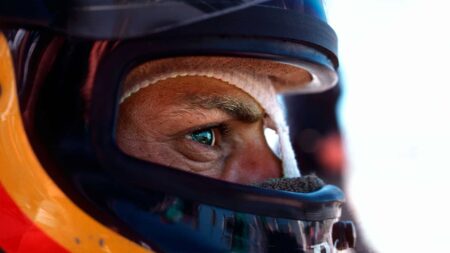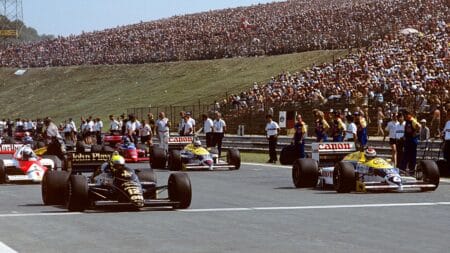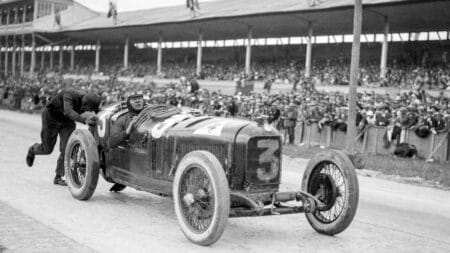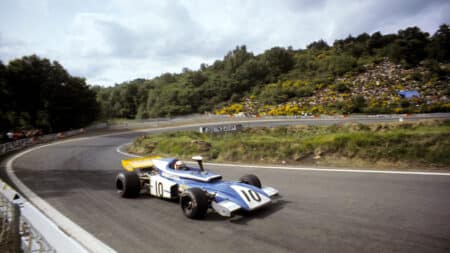But Zandvoort 1985 was also laced with tragedy, for Lauda’s last hurrah was undercut by the cruellest of codas: the day marked the final time that Stefan Bellof would start an F1 grand prix. One week later, the brilliant young German was dead, killed at the age of just 27 at Eau Rouge during the Spa 1000km, his Porsche 956B making contact with Jacky Ickx’s Porsche 962C and spearing off into the barriers with terrible finality.
Bellof had not yet won in F1, nor even stood on an F1 podium, but his talent was incandescent. He might have won in a dog-slow Tyrrell in torrential rain at Monaco 1984, had not clerk of the course Ickx – yes, the same Jacky Ickx – unilaterally stopped the race to advantage Prost, who had been in the lead at the time. And Bellof’s lap record at the Nürburgring Nordschleife in 1983 – a 6min 11.13sec scorcher in a Porsche 956 – remains one of the most astonishing feats in motor sport history. He was raw, impish, and as quick as anyone has ever been. But his final F1 grand prix was not a last hurrah, nor anything like one, for he drove it to a lap-40 engine failure in another dog-slow Tyrrell, having qualified 22nd, 4.162sec adrift of Nelson Piquet’s Brabham-BMW pole time. Seven days later he was dead.
And what of Zandvoort itself? To those of you who may be familiar only with the modern version, the old place must seem a relic. But it was a true driver’s circuit: fast, narrow, undulating, windswept, and unforgiving. The Tarzanbocht at the end of the start-finish straight invited intrepid lunges, but only from the brave. The back half of the circuit wound its way through the dunes like a rollercoaster for grown-ups: one mistake and you were in the sand. The margins within which the courageous and skilled operated were thin, the rewards for their skill and courage correspondingly immense.

The inimitable Bellof lit up F1 during his brief racing career
Paul-Henri Cahier/Getty Images
Today’s Zandvoort, reworked to suit modern safety diktats, local government planning protocols, and digital marketing objectives, lacks its predecessor’s grandeur and gravitas. Yes, it delivers colour, noise, razzmatazz, and orange flares by the ton. Yes, it packs in Max Verstappen’s barmy army like sardines. But in 1985 what we had was Zandvoort pure.



